Retro Replay Review
Gameplay
The Lord of the Rings: The Battle for Middle-earth II overhauls its predecessor’s mechanics with a more flexible base‐building system and deeper strategic options. Instead of fixed building plots, players can place resource structures anywhere on suitable terrain, forcing thoughtful expansion and territorial control. Farms, quarries, and mills must be spaced out for maximum efficiency, adding a layer of logistical planning that rewards foresight. Defensive emplacements and neutral objectives like taverns or shipyards can be captured by infantry, echoing the tactical depth of later real‐time strategy classics.
(HEY YOU!! We hope you enjoy! We try not to run ads. So basically, this is a very expensive hobby running this site. Please consider joining us for updates, forums, and more. Network w/ us to make some cash or friends while retro gaming, and you can win some free retro games for posting. Okay, carry on 👍)
With six distinct factions—Men of the West, Elves, Dwarves, Goblins, Isengard, and Mordor—each army brings unique units, support powers, and hero options to the battlefield. The introduction of custom heroes in skirmish and multiplayer elevates personalization: you can train specialized champions with bespoke stats and abilities. The Ring Hero mechanic, triggered by rescuing or killing a wandering Gollum, allows Good players to summon Galadriel while Evil players can field a fearsome Sauron, dramatically shifting the ebb and flow of a match.
The new War of the Ring campaign mode blends turn‐based strategy with real‐time battles on a sprawling Middle-earth map. Players deploy armies across regions, construct forward bases, and resolve conflicts either automatically or by diving into a customized RTS skirmish. This dual‐layered approach creates a grand strategic overview without sacrificing the adrenaline of real-time engagements, making every conquest feel consequential both tactically and narratively.
Graphics
Visually, Battle for Middle-earth II strikes a balance between the cinematic flair of Peter Jackson’s films and the rich lore of Tolkien’s books. Landscapes—from snow-capped mountains to dense forests—are rendered with high‐resolution textures and dynamic lighting that bring sweeping vistas to life. Spell effects and siege weapons explode with satisfying particle animations, while water and weather shaders add atmospheric depth to coastal battles and woodland skirmishes.
Unit models showcase a wide variety of races and characters, including newly introduced book-exclusive heroes like Gorkil the goblin‐king and Drogoth the dwarven cage-breaker. Each faction’s troops carry distinct heraldry and armor styles, making it easy to identify friend from foe in the heat of combat. Hero portraits and cinematic intros blend film‐quality cut-scenes with original voice acting, lending authenticity to pivotal moments without feeling like mere movie tie-ins.
Though a 2006 release, the game’s user interface remains clean and responsive, offering quick access to Palantír support powers and production queues. Camera controls allow smooth zooming and rotation for both grand‐scale battlefield views and close‐up unit inspection. Performance is generally solid on modern hardware, though extremely large battles with dozens of units and complex particle effects can push older systems to their limits.
Story
Battle for Middle-earth II departs from the iconic Fellowship saga to explore the parallel War of the North, a conflict overshadowed by Frodo’s quest. The linear Good and Evil campaigns unfold as two complementary sagas, each packed with fresh faces, moral dilemmas, and battlefield drama. Whether leading the stout Dwarves to reclaim Erebor or marshaling Mordor’s legions under Sauron’s looming eye, players encounter a narrative depth that the original game never touched.
Original characters such as Gorkil and Drogoth bring new perspectives to familiar struggles. Gorkil’s schemes among the goblin tribes and Drogoth’s quest for vengeance inject gritty, ground-level storytelling into the epic tapestry. Cinematic mission briefings, voiced by cast members reprising roles or new talent for book characters, maintain a high standard of production, immersing players in stakes that feel both personal and world-shaping.
While the campaigns themselves are strictly linear—eschewing the meta-map design of the first game—the War of the Ring mode allows players to craft their own narrative through strategic decisions. Conquering territories, forging alliances, or chasing the One Ring across Middle-earth all contribute to an emergent story that extends replay value far beyond the scripted missions.
Overall Experience
The Lord of the Rings: The Battle for Middle-earth II delivers a compelling blend of large-scale strategy and character-driven storytelling. Its robust base-building system and six asymmetric factions cater to a variety of playstyles, from turtling and defense to lightning‐fast raiding parties. The Ring Hero mechanic and Palantír support powers add unpredictable twists that keep both single-player and multiplayer matches fresh.
Graphically, the game remains appealing today thanks to its detailed environments, distinct unit designs, and faithful blending of film and book aesthetics. Performance and UI design hold up well, though extremely chaotic battles may require lower settings on legacy machines. The campaign’s narrative ambition, bolstered by new characters and the War of the Ring meta‐mode, offers both structured storytelling and open‐ended strategic play.
For Tolkien enthusiasts and RTS veterans alike, Battle for Middle-earth II stands as one of the genre’s finest adaptations. Its depth, polish, and sheer scope provide countless hours of conquest and exploration across one of fantasy’s most beloved worlds. Whether you’re replaying the story missions or crafting your own War of the Ring saga, this title remains a must-have for anyone seeking epic fantasy warfare at its grandest.
 Retro Replay Retro Replay gaming reviews, news, emulation, geek stuff and more!
Retro Replay Retro Replay gaming reviews, news, emulation, geek stuff and more!
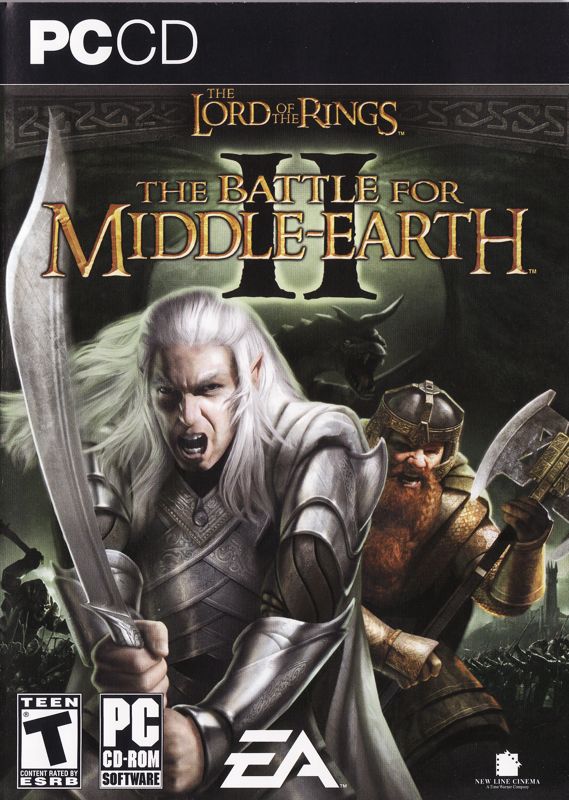
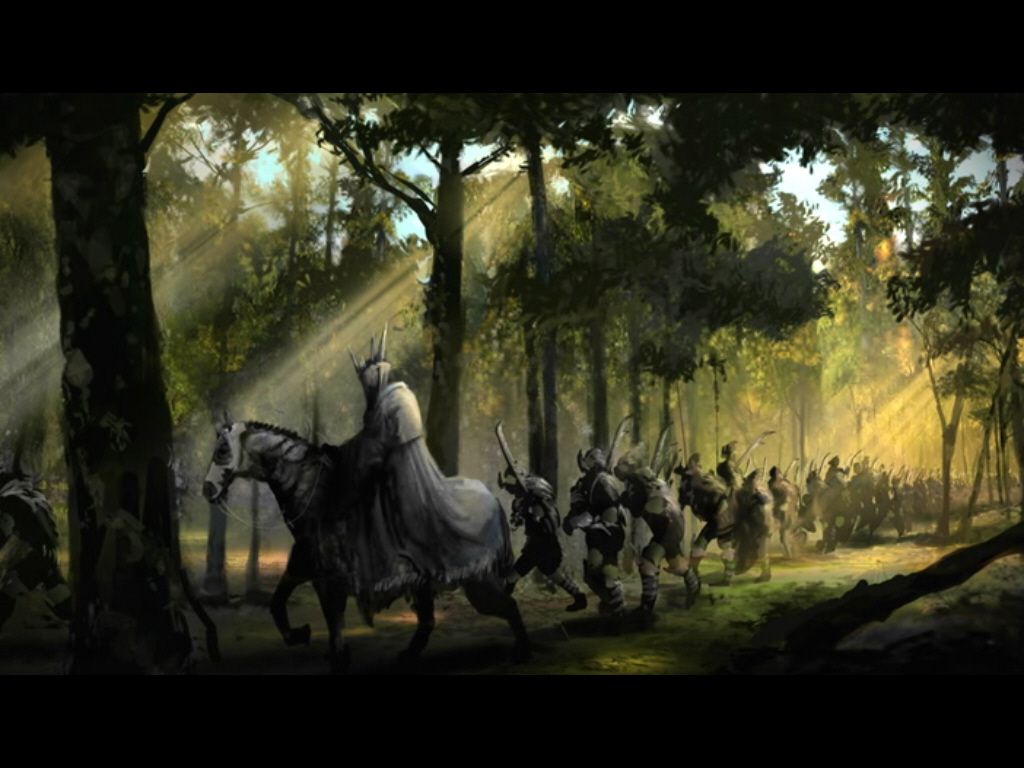
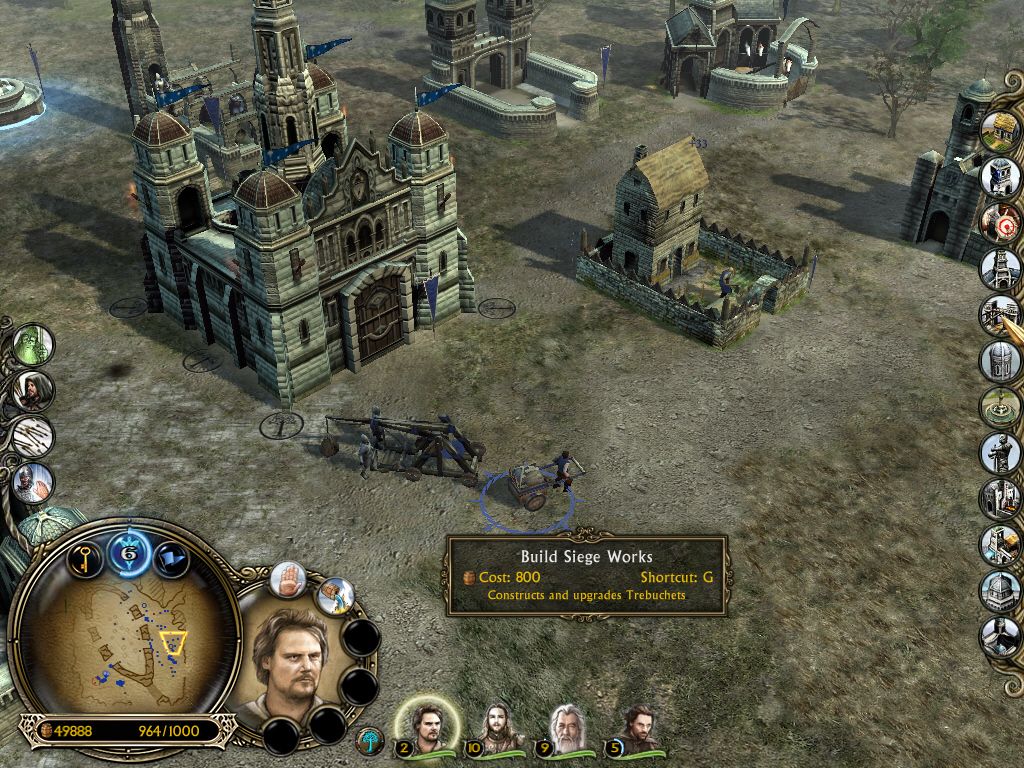
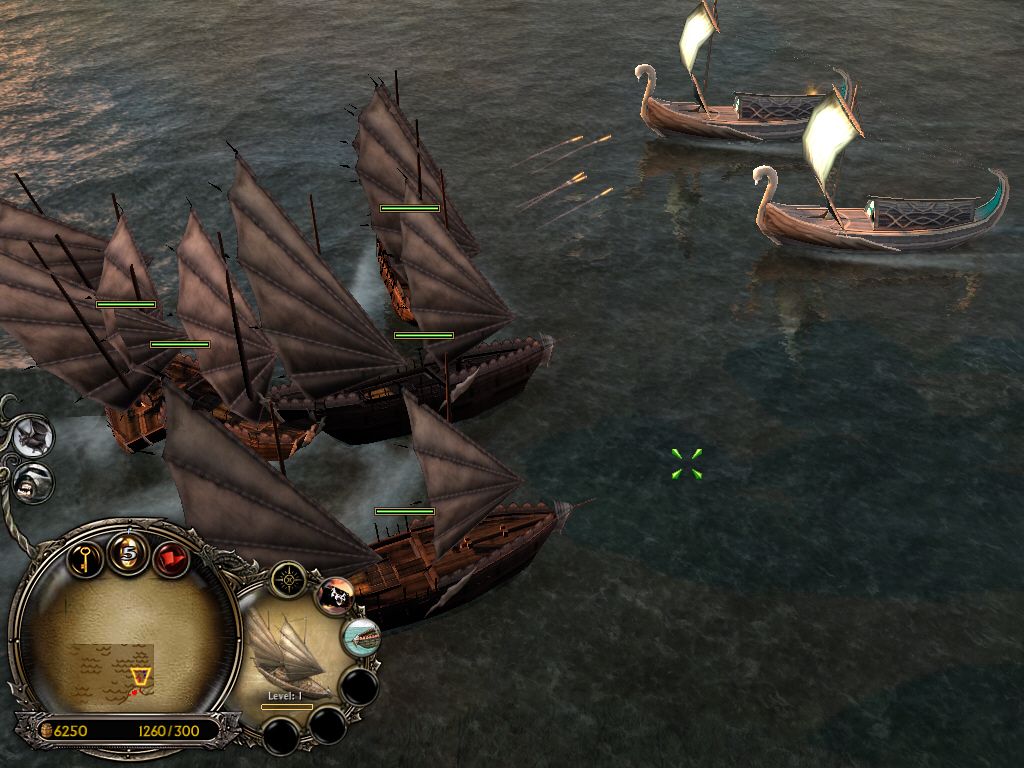
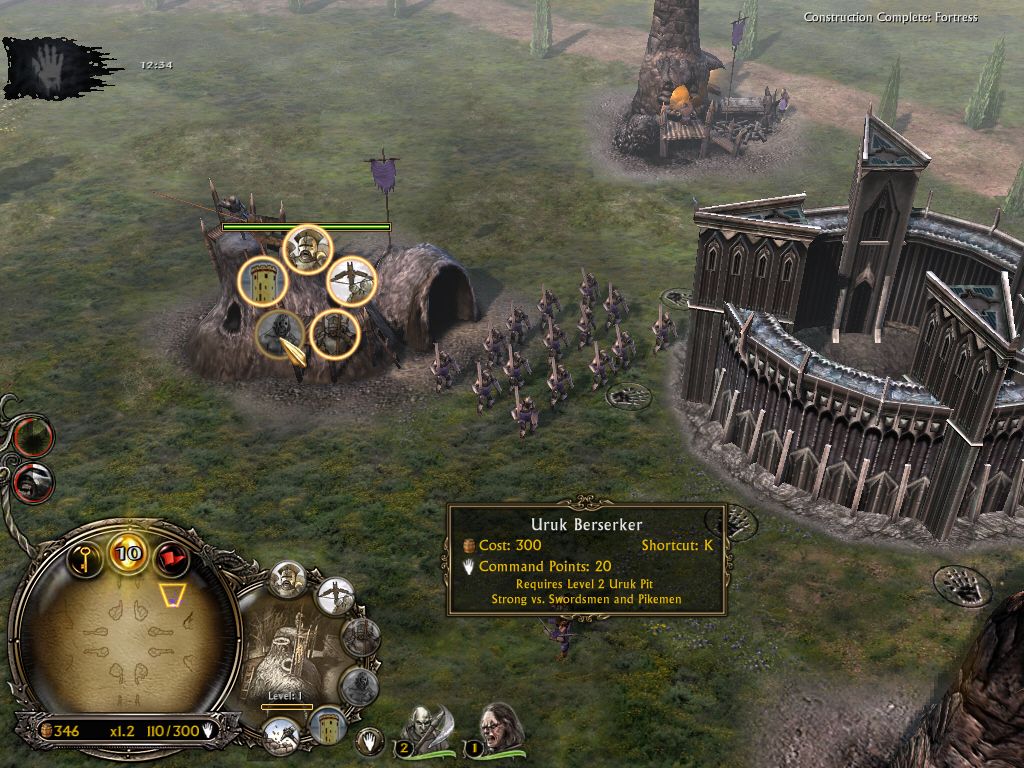
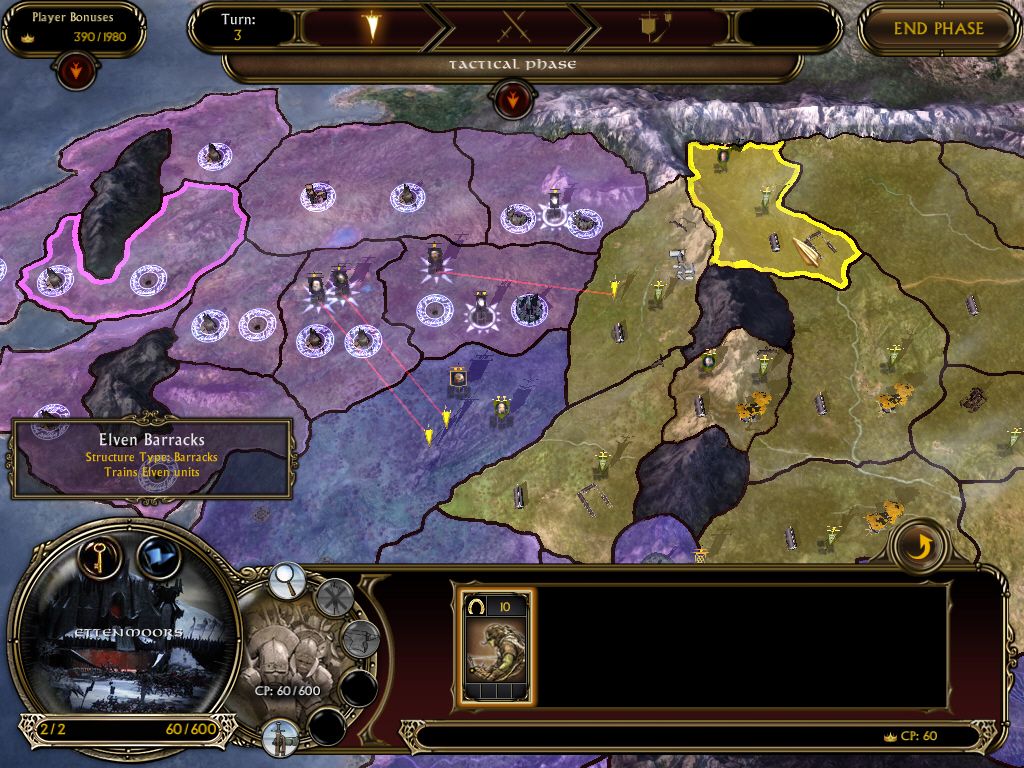

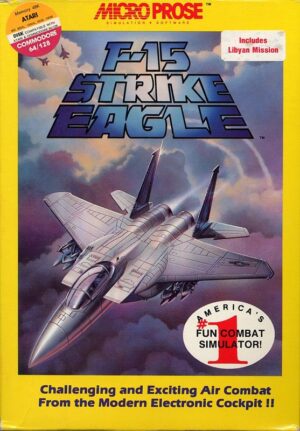

Reviews
There are no reviews yet.